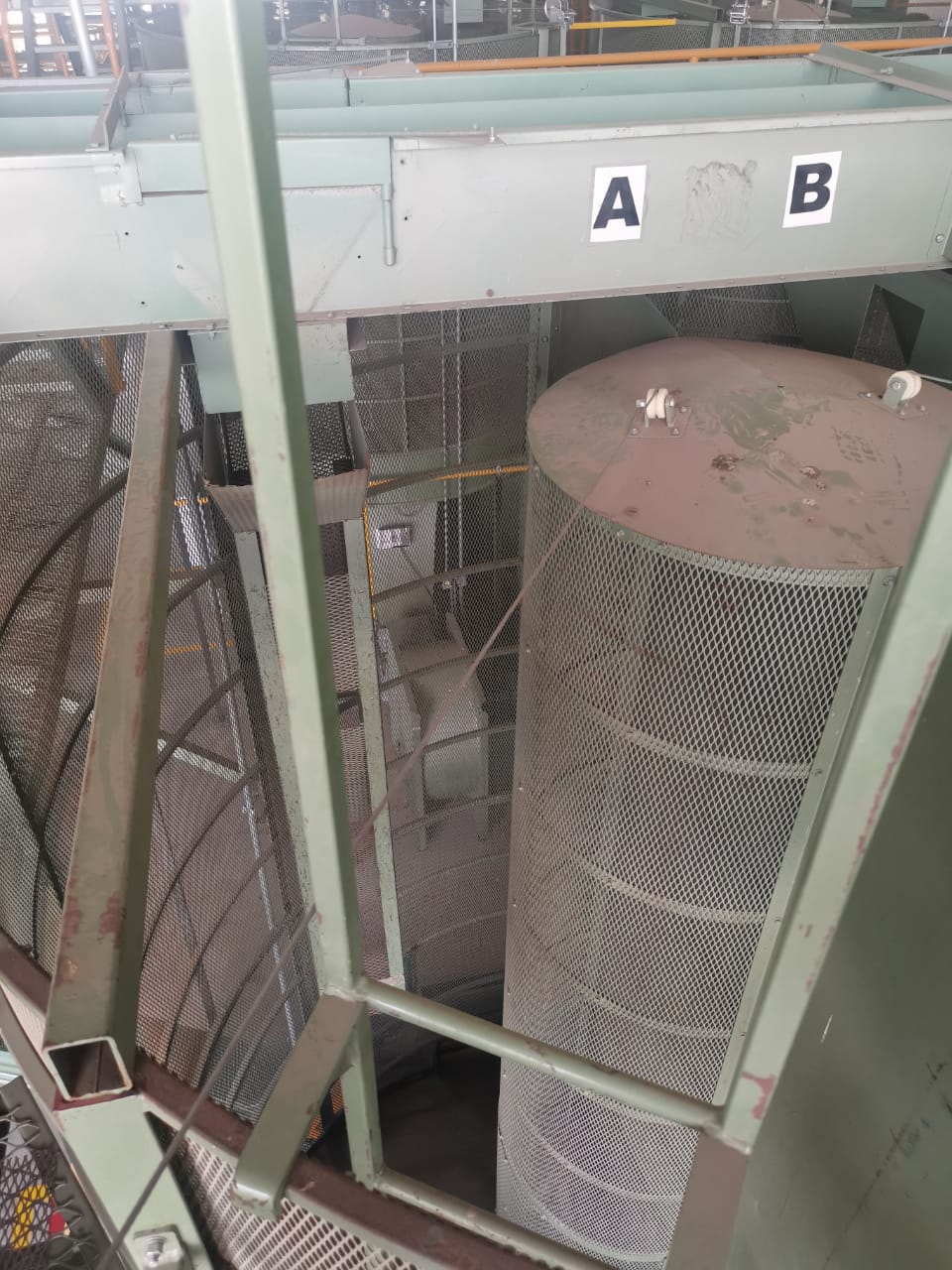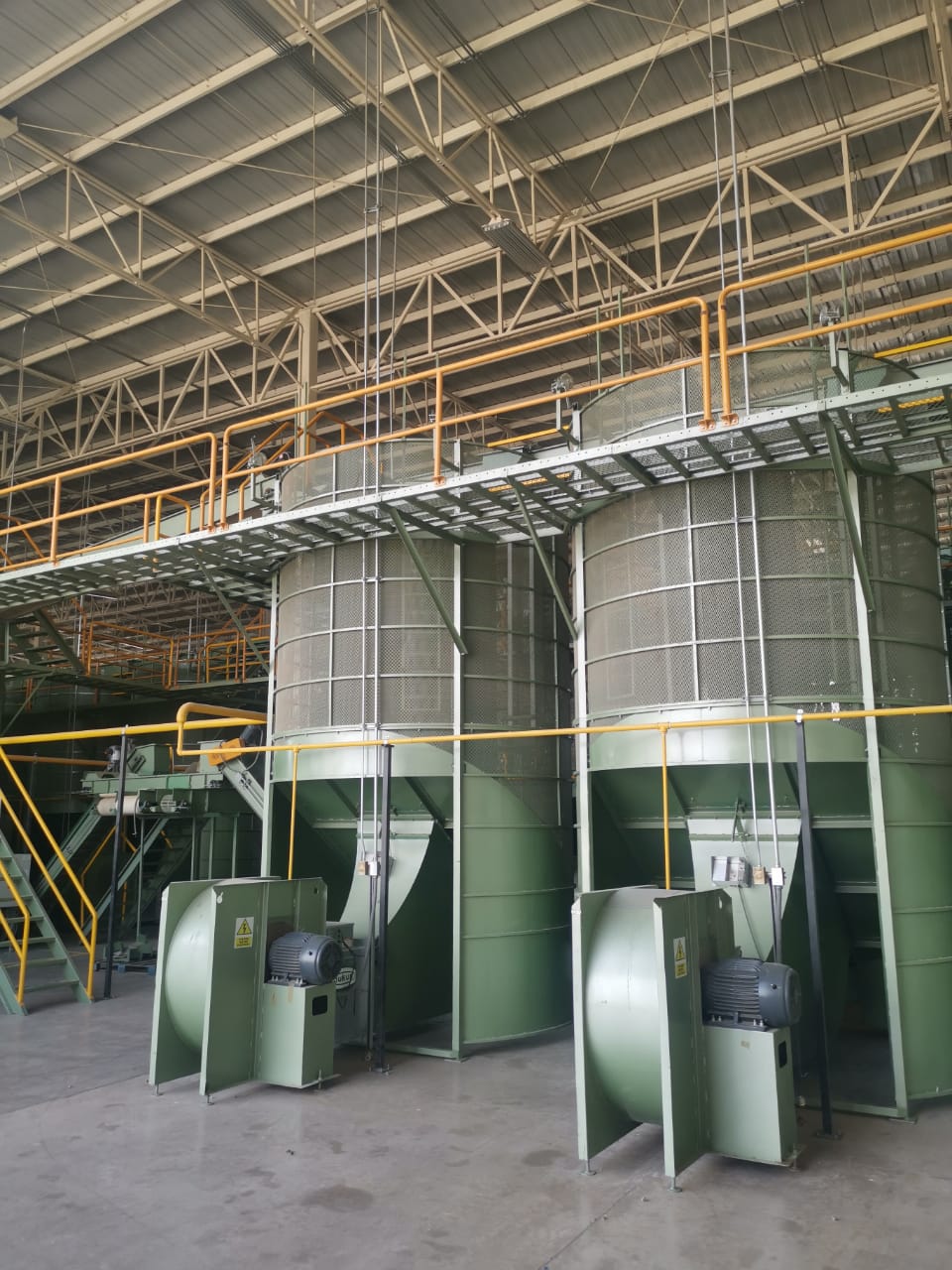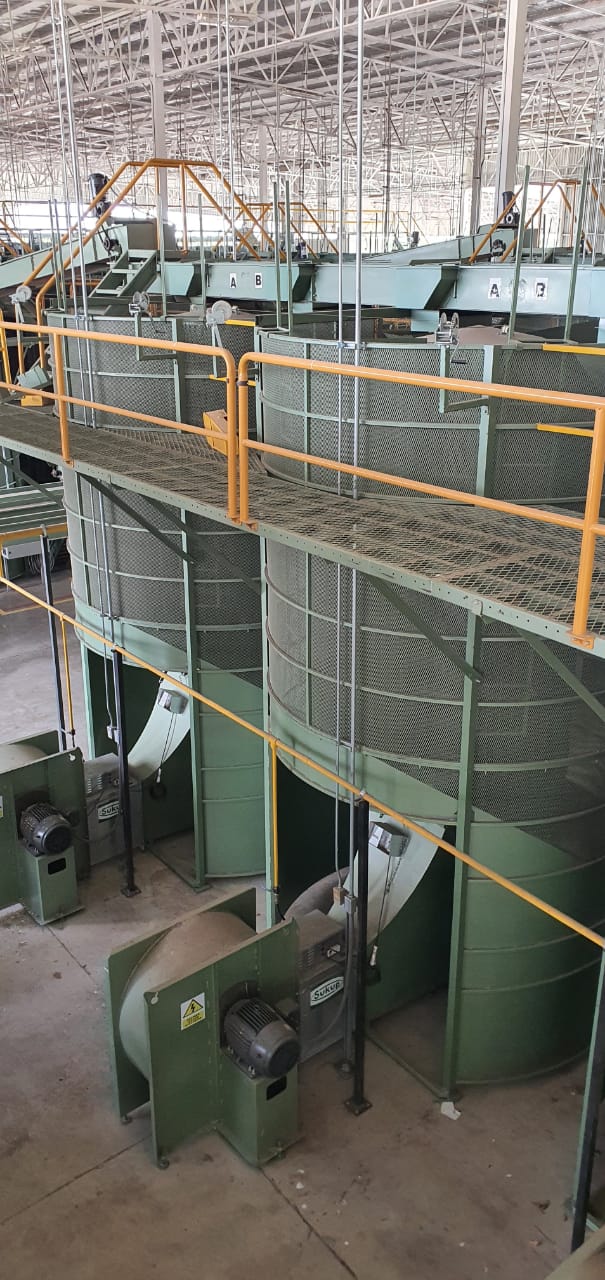I think you’ll find there are lots of costs involved with LoRaWAN.
In general, LoRaWAN is ideal for devices that are remote, or hard to get communications wiring to, and which send a small amount of data periodically. Again, I suggest that your use case would be better solved with something other that LoRaWAN.
Let’s look at what’s required:
LoRaWAN:
Sensor (e.g. ultrasonic distance sensor)
LoRaWAN node
LoRaWAN gateway
database
application
If you are lucky, you can buy an off-the-shelf sensor+node. You need to provide power to each node. They can be battery operated, but that is usually for nodes that send data infrequently. If you send data too often you will run the batteries down and need to replace them often. If you have 200 nodes that will get very annoying very quickly. So, probably the nodes should be mains powered.
The gateway needs to be located nearby, where the nodes can reach it. You don’t want to rely on someone else’s gateway, so install your own. Probably in the control room where there is power and internet. The gateway needs a network connection.
You don’t have to use an off-the-shelf plc. I agree they are expensive, but an Arduino with an RS485 transceiver might work for each silo, and a Raspberry Pi might work for the controller. However, if you do things too cheaply then it’ll cost more in maintenance. If this factory has 200 silos which are full of pecan nuts from time to time then it seems there is a lot of money floating around.
‘Conventional’ data acquisition:
Sensor (e.g. ultrasonic distance sensor)
RS485 (or similar) node
plc
database
application
Hmm. Looks about the same, but you can sample the data as often as you like. Don’t forget, there are strict limits on the amount of data you can transfer with LoRaWAN. Everything is wired, so easy to troubleshoot. RS485 in noisy factory environments is very common and known to work.
Again, I suggest that LoRaWAN is not what you want. It could be that RS485 multidrop networks is not what you want either, but in my opinion a wired, powered, solution would be more appropriate.







